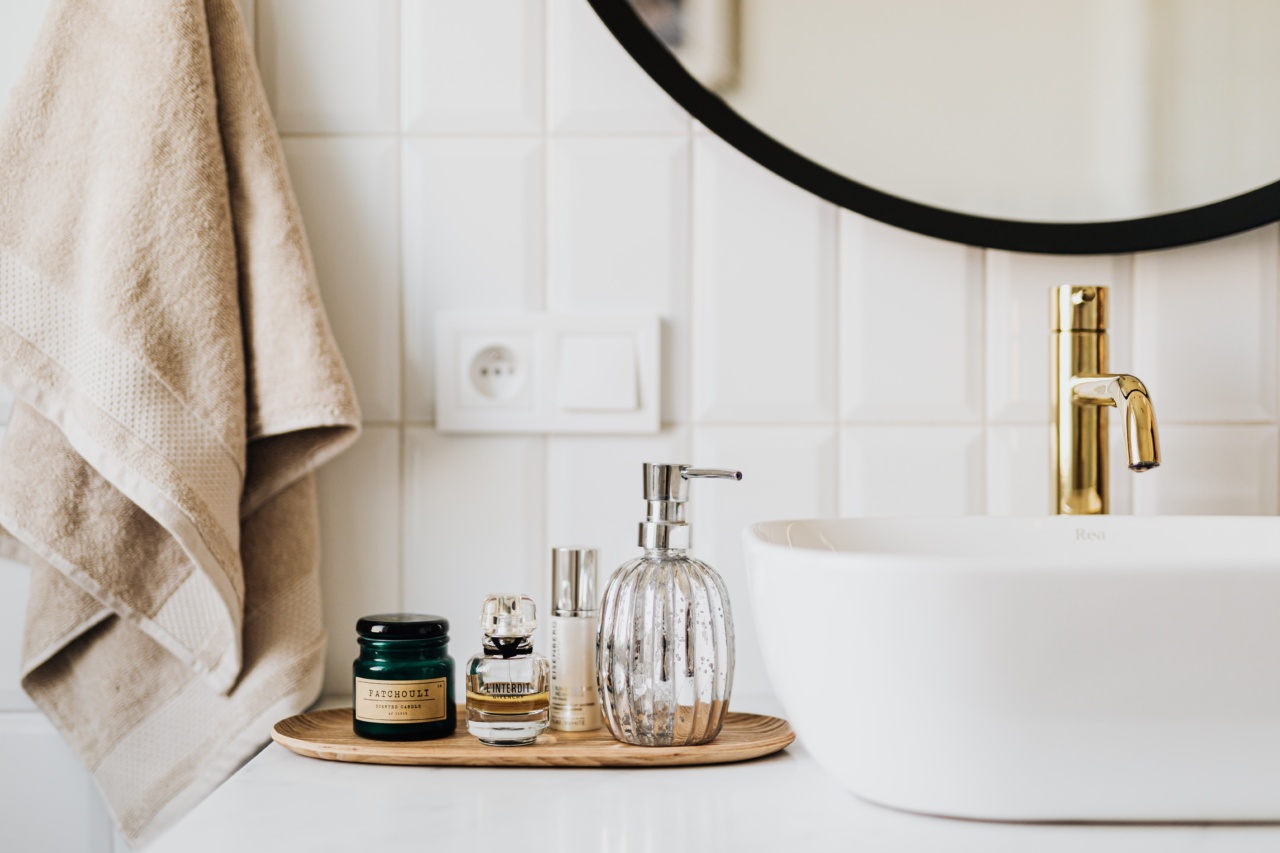If you are dealing with obstructive sleep apnea, making certain lifestyle changes can significantly improve your symptoms and overall quality of life.
Obstructive sleep apnea is a common condition characterized by repetitive interruptions in breathing during sleep, often caused by a collapse in the upper airway. By incorporating the following lifestyle changes into your daily routine, you can effectively manage and treat your obstructive sleep apnea.
1. Maintain a Healthy Weight
One of the most impactful lifestyle changes to treat obstructive sleep apnea is maintaining a healthy weight. Excess weight can contribute to the narrowing of the airway, making it easier for obstructions to occur during sleep.
By shedding those extra pounds, you can reduce the severity of your symptoms and improve nighttime breathing.
2. Regular Exercise
Engaging in regular physical activity not only helps with weight management but also strengthens the muscles responsible for maintaining an open airway.
Incorporate exercises that target the throat and neck muscles, such as singing or playing a wind instrument, to further enhance your treatment efforts.
3. Avoid Alcohol and Sedatives
Alcohol and sedatives relax the muscles in your throat and can worsen obstructive sleep apnea symptoms.
Avoid consuming alcohol and talk to your healthcare provider if you are taking any medications that may contribute to muscle relaxation during sleep.
4. Quit Smoking
Smoking is strongly correlated with an increased risk of developing obstructive sleep apnea. The chemicals in cigarettes can irritate and inflame the airways, leading to further obstructions.
Quitting smoking not only improves your sleep apnea symptoms but also boosts your overall health.
5. Sleep on Your Side
Sleeping on your back increases the likelihood of airway obstruction during sleep. To promote better airflow, try sleeping on your side. You can use pillows or other supports to help maintain this sleep position throughout the night.
6. Elevate your Head
By elevating your head while sleeping, you can help keep your airway open. This can be achieved by using a wedge pillow or propping up the head end of your bed. Ensure that the elevation is comfortable and does not strain your neck.
7. Practice Good Sleep Hygiene
Creating a bedtime routine and maintaining good sleep hygiene can significantly improve your sleep quality and reduce obstructive sleep apnea symptoms.
Establish consistent sleep and wake times, create a relaxing sleep environment, and avoid stimulating activities before bed.
8. Improve Air Quality
Air pollution and allergens can irritate your airways, leading to increased sleep apnea symptoms. Make sure your bedroom is free of common allergens such as dust mites and pet dander.
Consider using an air purifier to improve air quality and reduce potential irritants.
9. Use a Humidifier
Dry air can cause congestion and a stuffy nose, making it harder to breathe during sleep. Using a humidifier can add moisture to the air, helping to keep your nasal passages open and reducing the occurrence of apnea episodes.
10. Seek Professional Treatment
While lifestyle changes can be effective in managing obstructive sleep apnea, it is crucial to seek professional treatment from a healthcare provider.
They can assess your specific condition and recommend appropriate interventions, such as continuous positive airway pressure (CPAP) therapy or oral appliances.































